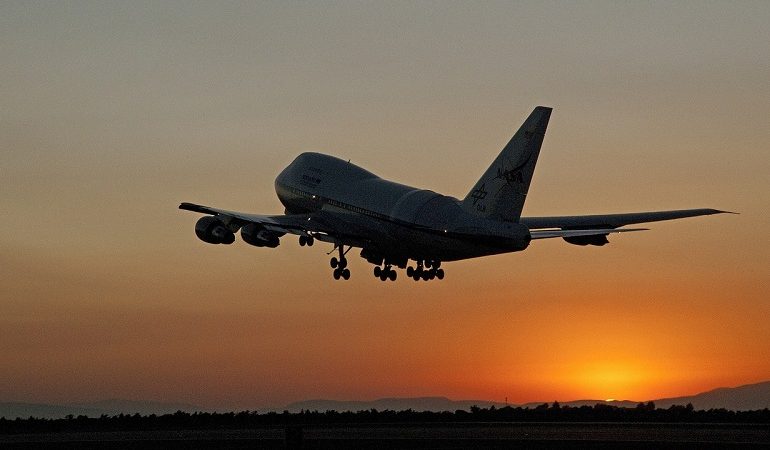Tips for Transporting a Telescope
Stargazing from your backyard is always a fun undertaking, but what about venturing out to more distant places for your observation sessions? No doubt travelling to faraway locales with telescope in tow sounds exciting, but working out the logistics of carrying this equipment with you might be a little intimidating.
How do you safely transport your telescope so that nothing gets damaged along the way? Below are some handy tips and ideas to help you get your observation equipment to remote locations safely.
Blessed Are Those Who Have the Original Packaging
If you’re one of the few who are fortunate enough not to have thrown away the original packaging for your telescope, this would be one of the best choices for safely transporting your equipment.
Most of the time this packaging comes with customised styrofoam cutouts that perfectly conform to the shape of the telescope, offering a snug fit for the OTA (optical tube assembly) and related materials.
Of course, there are those of us (cough *myself included* cough) who didn’t exercise this keen foresight when we first purchased our telescope, so the subsequent tips will offer some good alternatives.
If You’re Transporting Your Telescope by Car…
The basic premise will be to transport your telescope in two main parts – the tube and the mount. Try protecting the tube with foam sleeping mats; for example, you could purchase 3-inch foam sleeping mats and cut them in half, then double up to make a 6-inch thick padding for your tube.
Insulate it with thick blankets if you’re toting it in the boot, and you can even use bungee cords to strap it down and keep it from shuffling around as well. You would do well to remove the various accessories from the optical tube (e.g., bracket, finderscope and eyepiece) before heading out, and you can store the mount separately across the back seat.
Of course, one of the biggest concerns for most telescope owners is possibly cracking the mirror during transit. You can set your mind at ease on this point, because even thin telescope mirrors are incredibly tough. That being said, I wouldn’t advise whacking the mirror with a hammer just to confirm my statement.
Perhaps the best philosophy to follow is this: The safest place for your mirror is in the mirror cell, and the less your telescope mirror is handled, the lower your risk is for accidentally damaging it. Try to leave well enough alone, and be sure to drive slowly, approaching bridges, speed bumps, and pothole-laden roadways with a due sense of caution.
If You’re Transporting A Telescope by Airplane…
There are several different ways to go about doing this, but the overwhelming consensus is clear: If you want to keep your OTA in one piece, never transport it as checked baggage.
Simply observe airline baggage handlers on an average day, and you will quickly see that checking your tube as baggage is equivalent to playing a game of Russian Roulette. Checking the mount and tripod is usually a safe bet, and quite convenient if they are relatively large in size.
For the sake of practicality, a smaller or more compact telescope is ideal for air travel. Generally speaking, there are no specific rules against bringing telescopes on airplanes; the real question will be whether the bag or case that contains the telescope is small enough to qualify as carry-on luggage.
Be sure to check the rules for each airline that you’ll be using, and go with the most restrictive rules regarding carry-on luggage. That way, you won’t have any nasty surprises when changing airlines in transit – after all, qualifications for carry-on luggage can vary from one airline to the next.
If you’re able to use a hard-sided compact case for carrying your telescope and accessories, so much the better. Be sure to cover the tube and eyepiece with their respective caps – protect your optics at all costs!
As far as batteries go, keep in mind that wet cell batteries are not allowed on flights except for medical devices; you would be better off waiting to get batteries until you get to your destination.
Also consider the total weight of your carry-on bag, as weight restrictions will vary between airlines. Be sure to check the website of the airline you’ll be using to find out their policy regarding carry-on weight restrictions.
Transporting a telescope for the first time can be a little nerve-wracking, but with the proper preparation, you’ll do just fine. Keep the above tips in mind to help you get your telescope where it needs to go without a hitch!




I have my tube in a big pellican hard case, but too big for carry on. Is it still a risk checking it in as luggage?